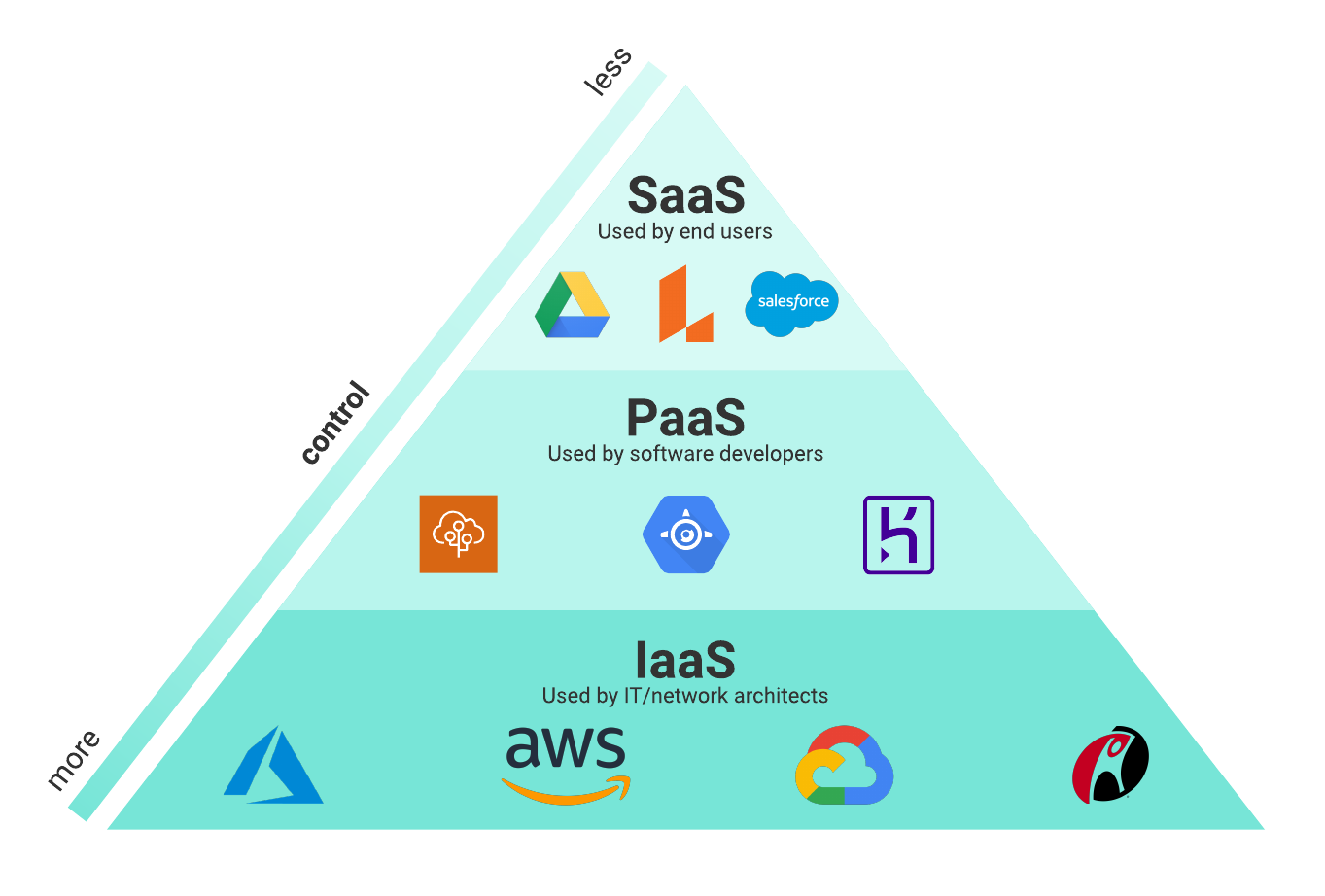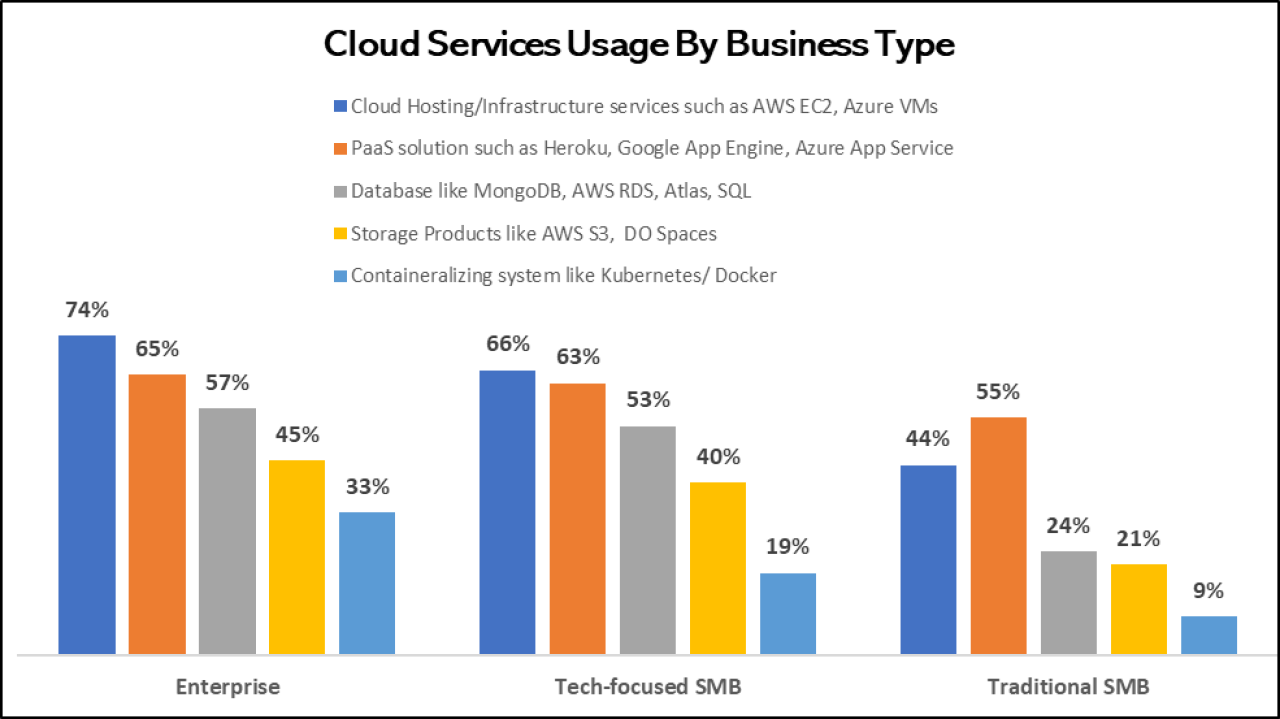LinkDaddy Cloud Services Press Release: Announcing New Quality and Enhancements
LinkDaddy Cloud Services Press Release: Announcing New Quality and Enhancements
Blog Article
Achieve Seamless Scalability With Cloud Provider
In the ever-evolving landscape of cloud services, accomplishing seamless scalability stands as a foundation for modern services seeking to stay affordable and versatile. The capability to effortlessly broaden or get sources in reaction to changing needs is an essential benefit in today's busy electronic atmosphere. By mastering the art of scalable cloud remedies, companies can not just maximize performance and enhance procedures yet likewise lead the way for future growth and innovation. The pursuit for seamless scalability with cloud solutions unveils a world of opportunities for those going to accept the transformative power of dynamic source management.
Benefits of Cloud Scalability
Cloud scalability provides companies the adaptability to dynamically change sources based upon demand, making sure optimal performance and expense performance. One key benefit is the capability to scale sources up or down promptly in reaction to rising and fall work. This agility makes it possible for businesses to meet changing customer needs without over-provisioning resources, eventually leading to cost financial savings. Scalability also improves performance by guaranteeing that systems can take care of enhanced traffic or work without experiencing downtime or downturns. By successfully allocating resources, organizations can maintain high degrees of efficiency during peak times without unneeded expenditures throughout quieter periods. Additionally, cloud scalability promotes technology and testing by allowing services to easily evaluate originalities and scale them as required. This versatility encourages a culture of continuous improvement and adjustment, allowing companies to stay competitive in a swiftly developing market landscape. Ultimately, the advantages of cloud scalability prolong beyond price savings to encompass better efficiency, agility, and development.
Secret Attributes for Scaling
Effective scaling in cloud solutions relies upon crucial attributes that allow companies to readjust resources dynamically based on need. One important attribute for scaling is elasticity, permitting resources to scale up or down in action to fluctuating work. This makes certain that organizations can meet efficiency needs without over-provisioning resources. One more vital feature is scalability, making it possible for systems to manage increased workload by adding sources seamlessly. This function is essential for suiting growth without endangering performance. Furthermore, automation plays an important role in scaling by automating the provisioning and de-provisioning of resources based upon predefined policies. Automation lowers human intervention, improves performance, and guarantees quick response to altering needs. Tracking and analytics devices are also necessary for scaling, offering understandings right into resource utilization, efficiency metrics, and potential bottlenecks. These devices enable organizations to optimize and make informed decisions source allocation for effective scaling. On the whole, these essential features jointly empower companies to attain seamless scalability in cloud services.
Applying Auto-Scaling Strategies
To effectively optimize source appropriation and adjust to differing workloads, organizations need to strategically apply auto-scaling strategies in their cloud services infrastructure. Auto-scaling permits systems to immediately adjust the variety of calculate resources based upon real-time need. There are numerous auto-scaling methods that organizations can utilize, such as anticipating scaling, which uses historical information to forecast future resource requirements, and reactive scaling, which reacts to existing workload changes.

Best Practices for Scalability
For organizations intending to boost their scalability in cloud services, applying best techniques is crucial for optimum performance and source monitoring. One trick best technique is making applications with a microservices design. This approach breaks down applications right into smaller, independent solutions that can be deployed, upgraded, and scaled individually, permitting higher flexibility and scalability.
An additional essential technique is using containerization technology, such as Docker or Kubernetes. Containers make it possible for the packaging of applications and their dependences into separated units, making it easier to scale parts separately and release them consistently across various atmospheres.
Furthermore, applying automated implementation and infrastructure as code (IaC) can enhance scalability efforts (linkdaddy cloud services). Automation tools like Terraform or Ansible assistance in provisioning and taking care of sources effectively, lowering manual errors and Cloud Services making it possible for rapid scalability
Moreover, keeping track of efficiency metrics, establishing up alerts, and carrying out routine ability preparation are vital techniques to make certain proactive scalability management. By adhering to these finest techniques, companies can accomplish smooth scalability in their cloud solutions while optimizing performance and resource utilization.
Tracking Efficiency Metrics
When evaluating the efficiency of cloud services scalability, very closely keeping track of efficiency metrics is critical for making sure ideal performance and resource allocation. By continuously tracking vital efficiency signs (KPIs) such as response times, resource, latency, and throughput application, organizations can gain valuable understandings into the health and performance of their cloud facilities. Keeping track of efficiency metrics enables for the early discovery of prospective traffic jams or issues that can impact scalability, enabling proactive actions to be taken to address them prior to they intensify.

Conclusion
Finally, attaining smooth scalability with cloud solutions is important for companies to maximize efficiency, enhance development, and keep high efficiency levels during peak times. By leveraging the advantages of cloud scalability, implementing auto-scaling strategies, utilizing essential attributes such as flexibility and automation, and adhering to ideal techniques like application layout and efficiency monitoring, services can effectively scale their systems while taking full advantage of source utilization and performance.
The quest for seamless scalability with cloud services introduces a world of opportunities for those ready to embrace the transformative power of vibrant resource administration.
Cloud scalability provides organizations the adaptability to dynamically adjust sources based on need, ensuring ideal efficiency and cost performance. An additional vital function is scalability, allowing systems to take care of increased work by adding resources seamlessly.For organizations intending to enhance their scalability in cloud services, applying best methods is crucial for ideal efficiency and source administration.When evaluating the efficiency of cloud solutions scalability, very closely keeping track of efficiency metrics is important for making certain optimal performance and source appropriation.
Report this page